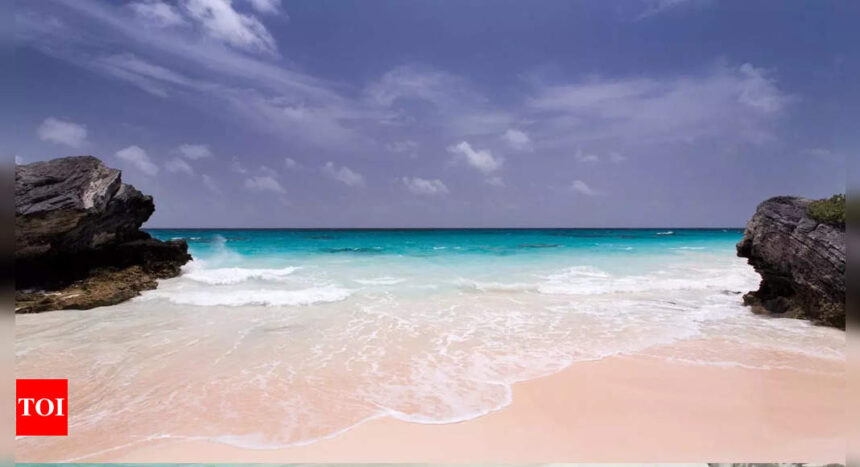
You may have heard of white and black sand beaches, but what about beaches with pink sand? Although rare, several countries around the world, including Greece and Indonesia, have beautiful coastlines. As if the turquoise sea wasn’t stunning enough, paired with the colorful sand it creates a photo that no Instagram filter can match.
what makes
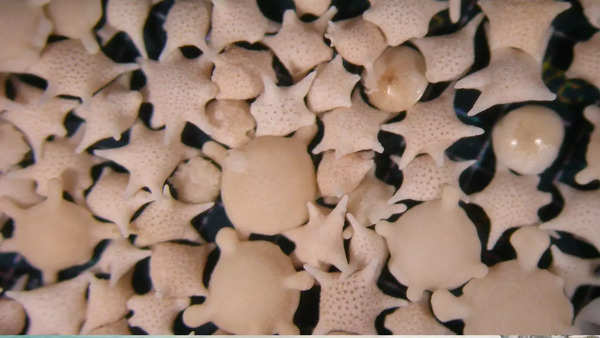
Formifera – Coral insects
The pink sand beach gets its characteristic color from small coral insects called foraminifera (forams).This creature contains a red and pink shell. They attach themselves to corals for food, eating plankton for nutrition.
Forams are the main producers in the aquatic food chain. This organism lives in symbiosis with algae, which gives it a different color. They mix with other sea debris when the forams die and get washed ashore by tidal forces, which gives the sand a pink color.
Scientists believe there are more than 4,000 species of foram, and many of them live on the ocean floor.
Here are some of the best pink sand beaches around the world:
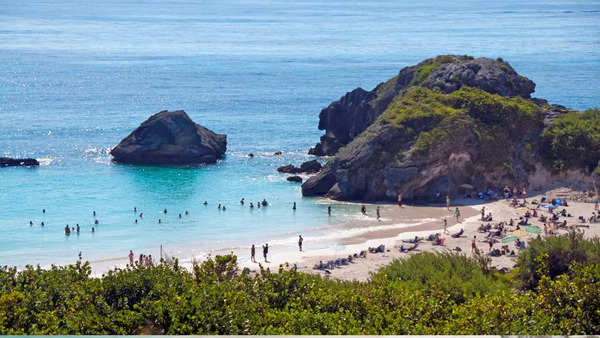
Horseshoe Bay Beach, Bermuda
One of Bermuda’s most famous beaches is Horseshoe Bay Beach, known for its pink sand and sparkling turquoise water. The pink color comes from tiny marine organisms called foraminifera with red shells mixed with white sand. There are many reasons to visit this beach, for locals and other tourists alike, as it offers opportunities for swimming, snorkeling, and sunbathing. This scene combines better scenery as there are limestone cliffs and rock formations that add to the beauty of this sky, making it an ideal place for photography and relaxation.
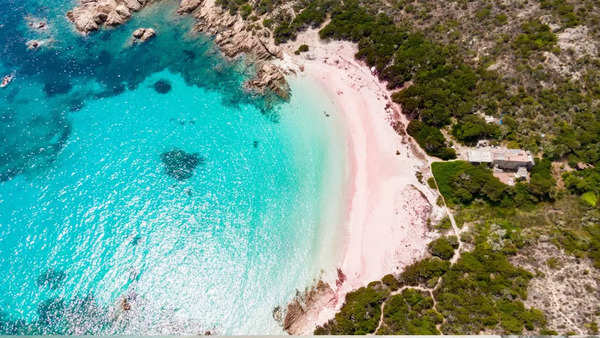
Spiaggia Rosa, Isola Budelli, Italy
Located on the island of Budelli in the Maddalena Islands, Spiaggia Rosa. This is a beach known for its pink sand. It is believed to come from fossils, corals, and decaying shells, mainly due to a type of microorganism called Miniacina miniacea. Because it forms a fragile ecosystem, access to the beach is limited, mainly to preserve its natural beauty. From a distance, visitors can also see the pink rose-colored beach that will be preserved for future generations.
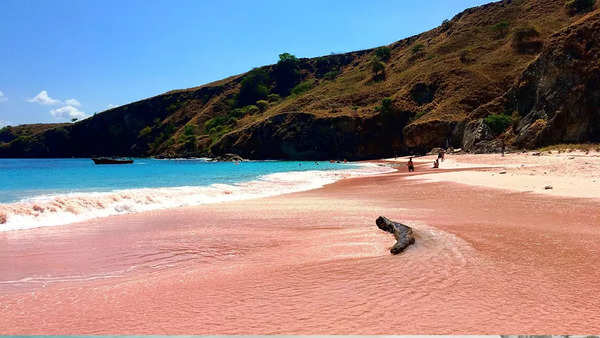
Pink Beach, Komodo Island, Indonesia
Pink Beach, Komodo Island, Indonesia
The pink sand of Komodo Beach contrasts with the clear blue water. This happens because of the foraminifera-micromarine organisms that produce the red pigment in coral reefs. When they die, the mixture of shells with white sand makes this beach pink. It is part of the Komodo National Park, designated as a World Heritage Site by UNESCO. Also very famous for its rich marine diversity, it is an excellent snorkeling and diving location.
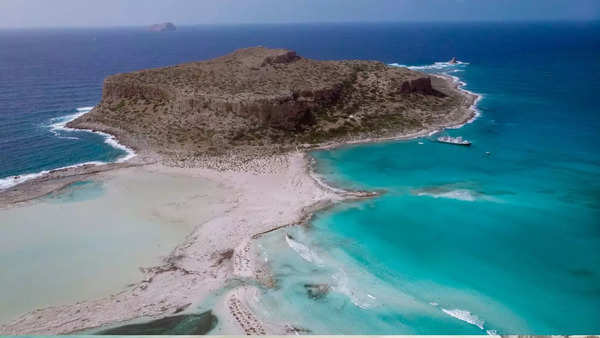
Balos Bay, Crete, Greece
Balos Bay, Crete, Greece
Balos Bay on the island of Crete also offers beautiful lagoons and pink sand beaches. The color of the sand here is due to the millions of shells and foraminifera that have washed up on the beach. This beach is found on the northwestern tip of Crete and can be accessed by boat or a dangerous hike. The shallow, warm waters of the lagoon are ideal for swimming, and the surrounding scenery, including the nearby island of Gramvousa, makes this beautiful location even more attractive.
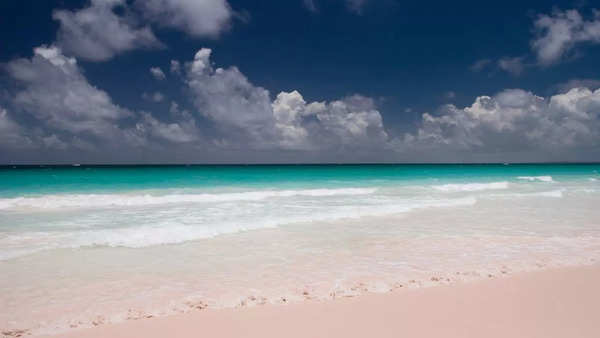
Harbor Island, Bahamas
Harbor Island, Bahamas
Harbor Island has the ‘Pink Sands Beach’, one of the most famous pink sand beaches in the world. The pink color is the result of foraminifera, microscopic coral insects that have brightly colored shells, living on reefs and along the ocean. After the organisms die, the shells are mixed with the sand to give the beach its famous pink color. The beach is over three miles long and has a peaceful setting that is great for swimming and snorkeling.
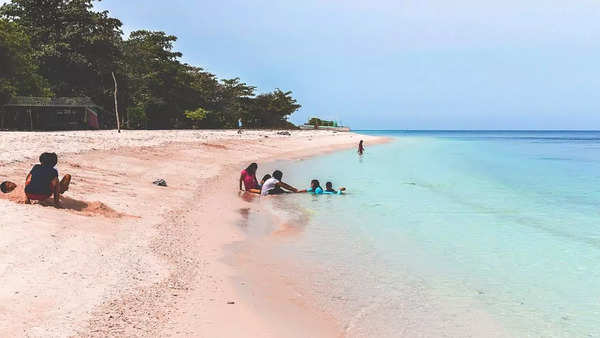
Great Santa Cruz Island, Philippines
Great Santa Cruz Island, Philippines
Great Santa Cruz Island in the Philippines is known for its distinctive pink sand beach, having obtained the color of the pulverized red organ pipe coral. The island is a protected area to preserve its natural beauty. The pink sand paired with the clear blue water delights the eyes of the beholder. Swimming, snorkeling, and exploring the beautiful marine life in the surrounding coral reefs are activities that visitors usually do when they visit this island.

